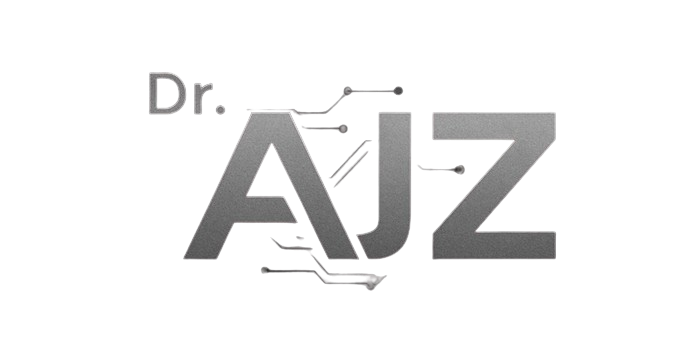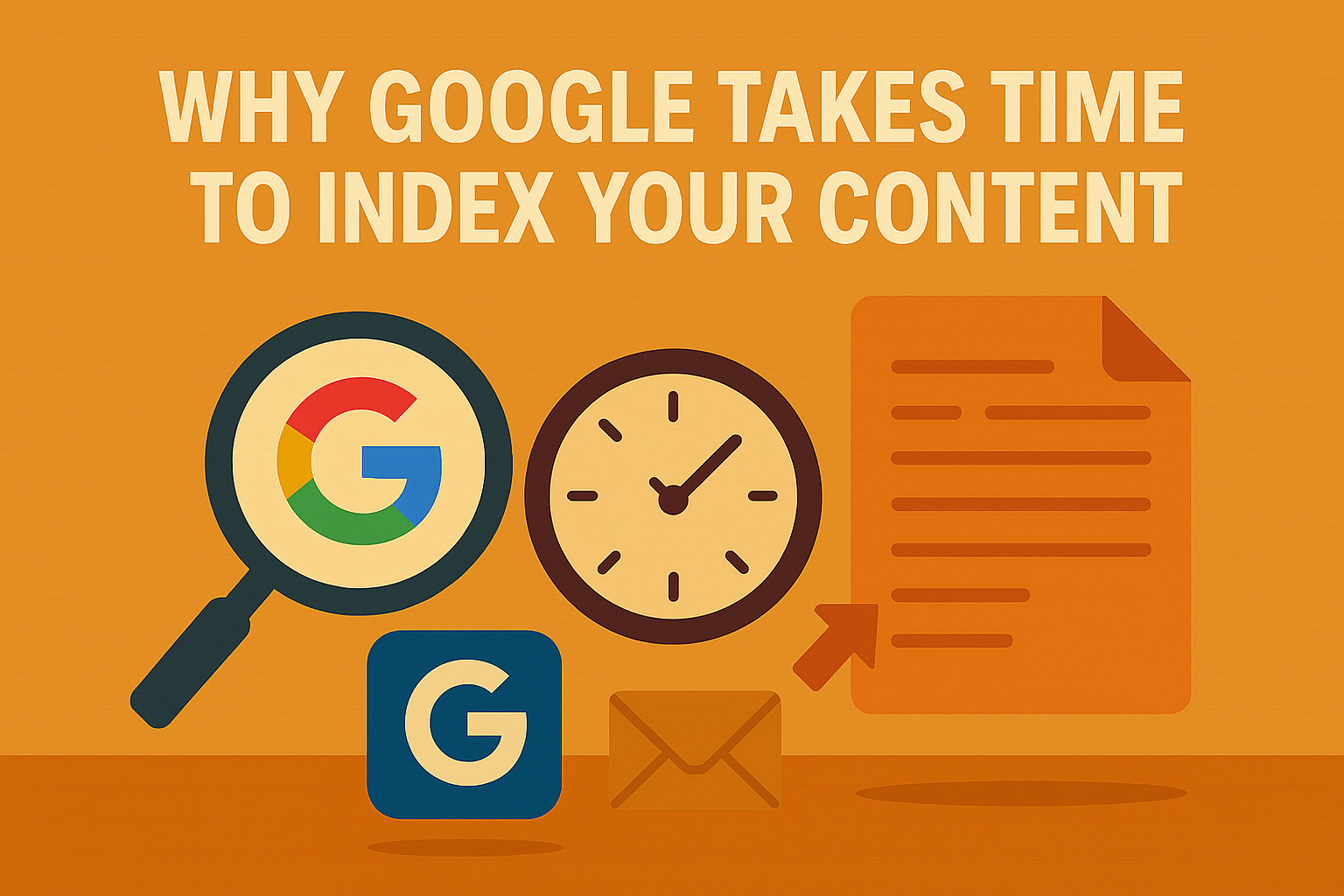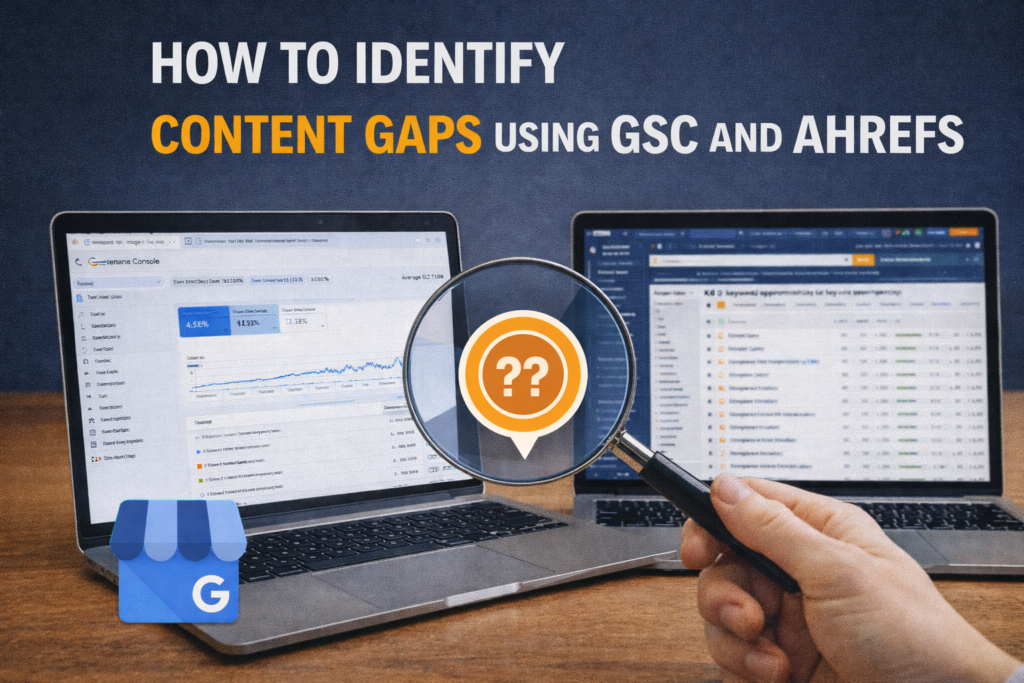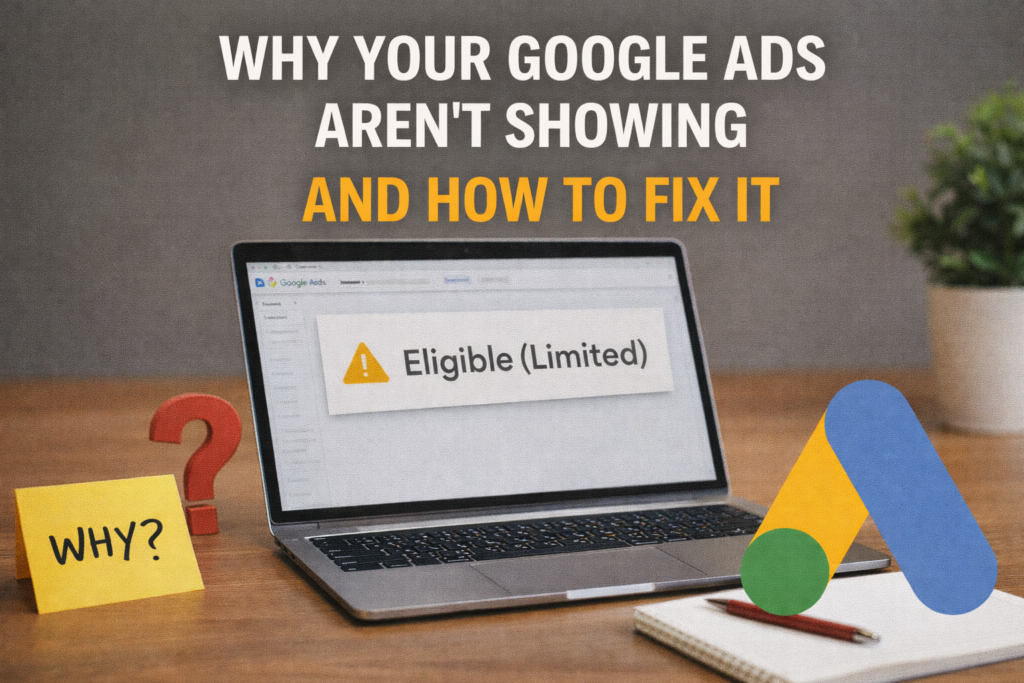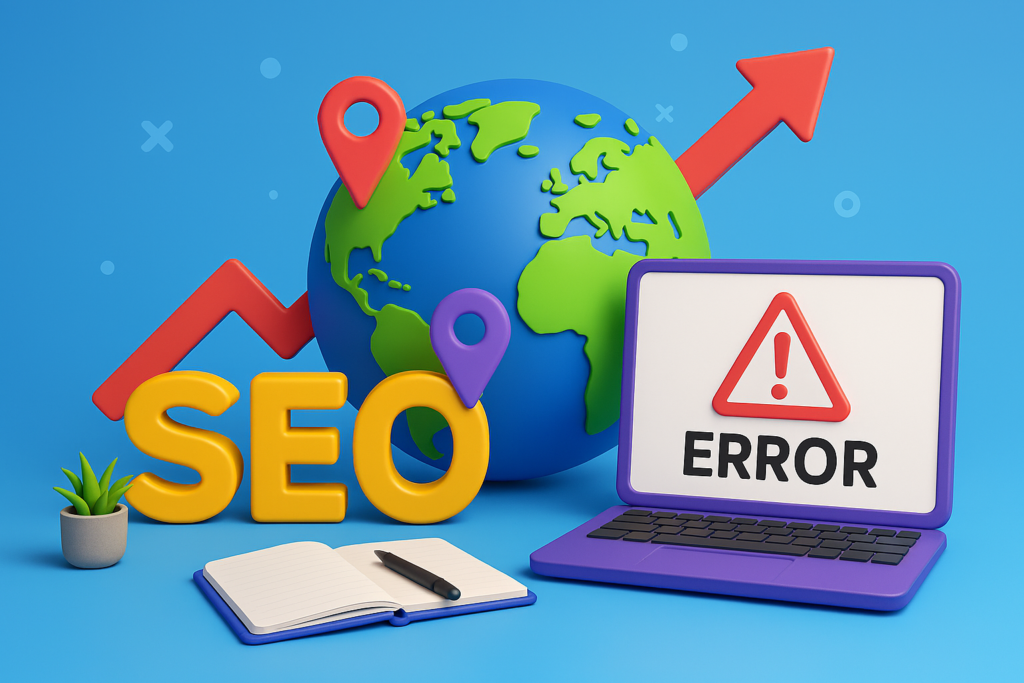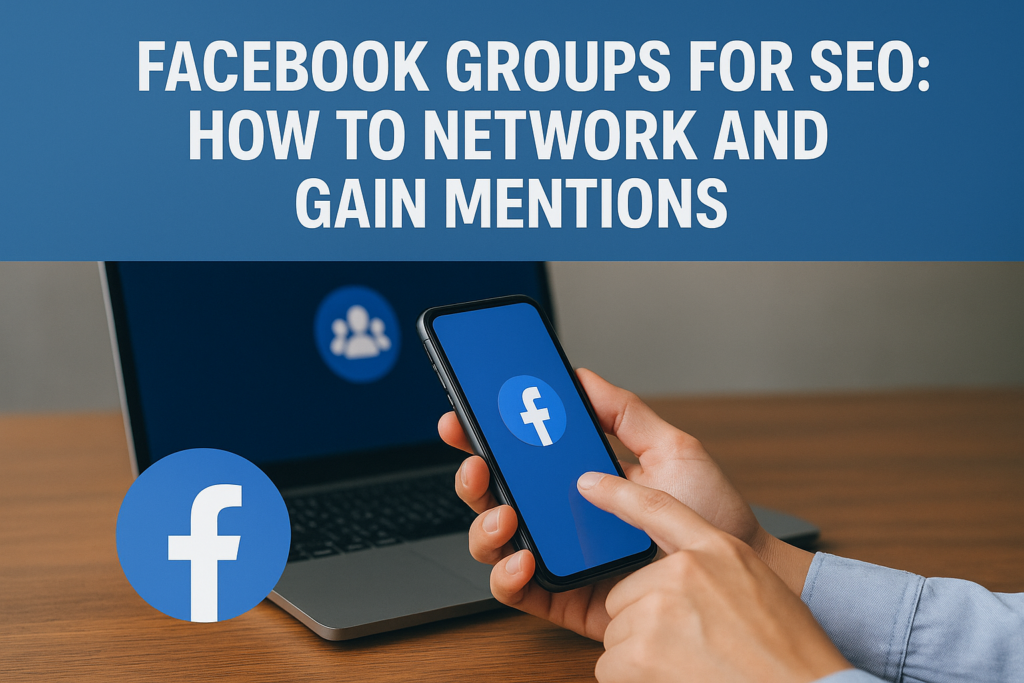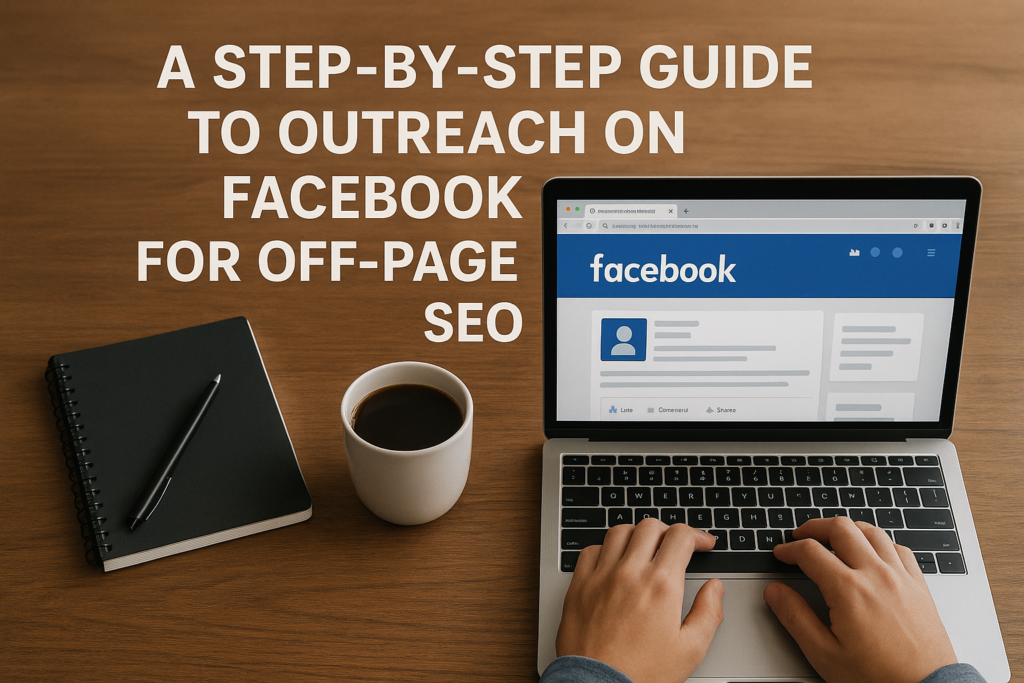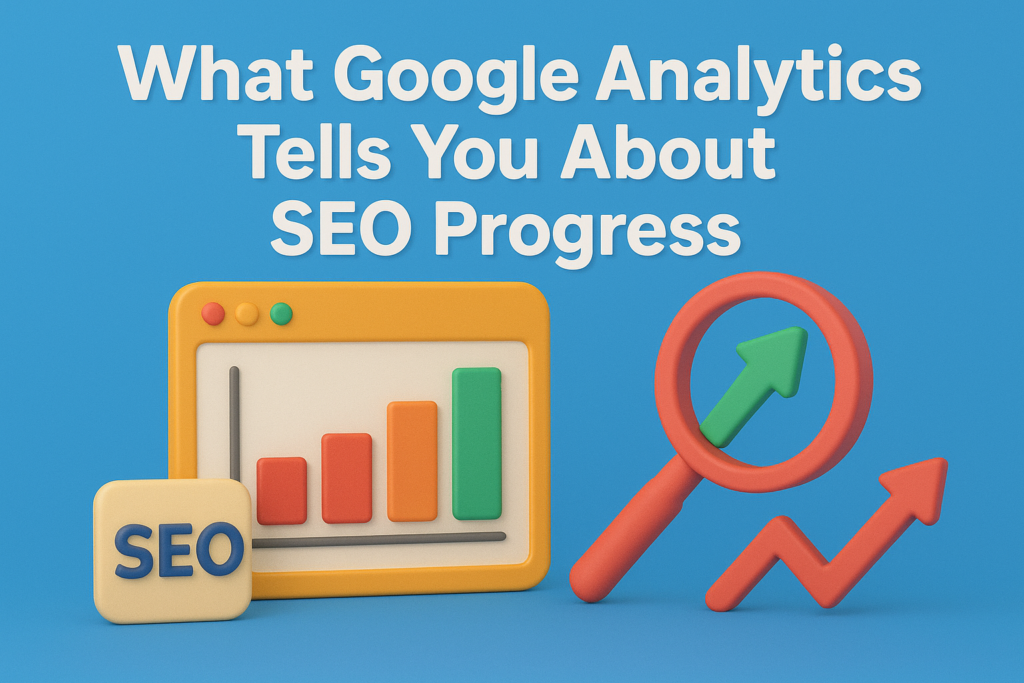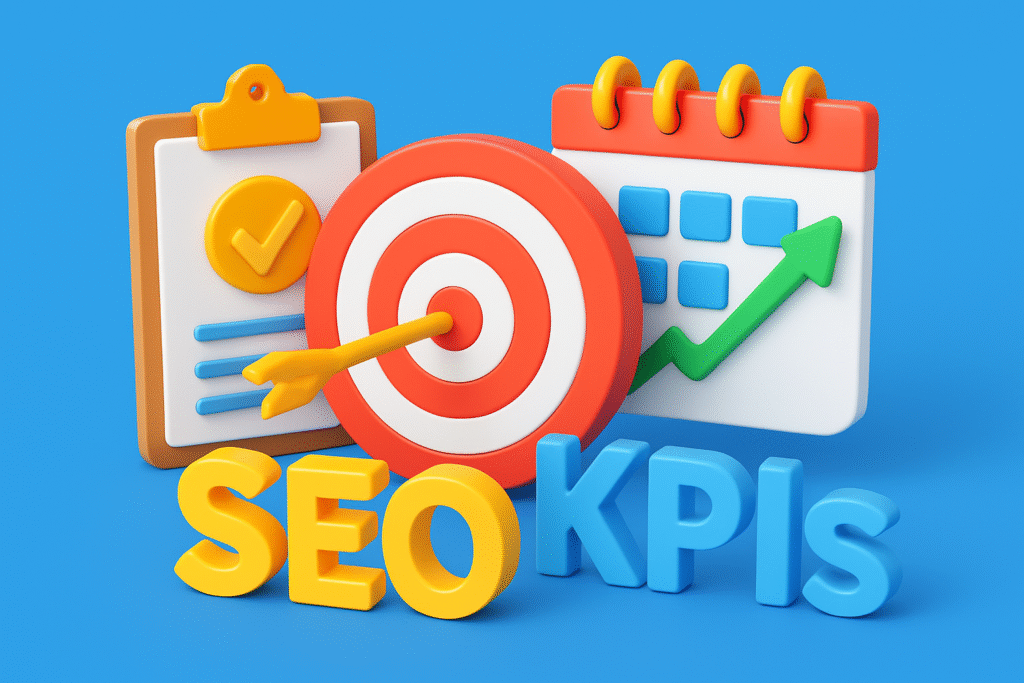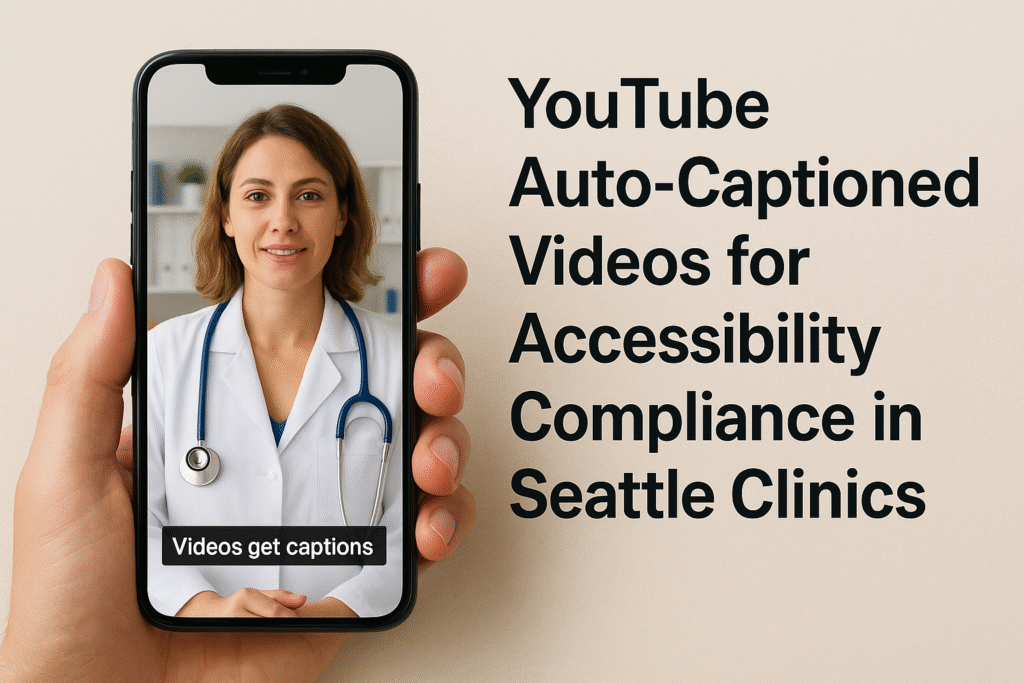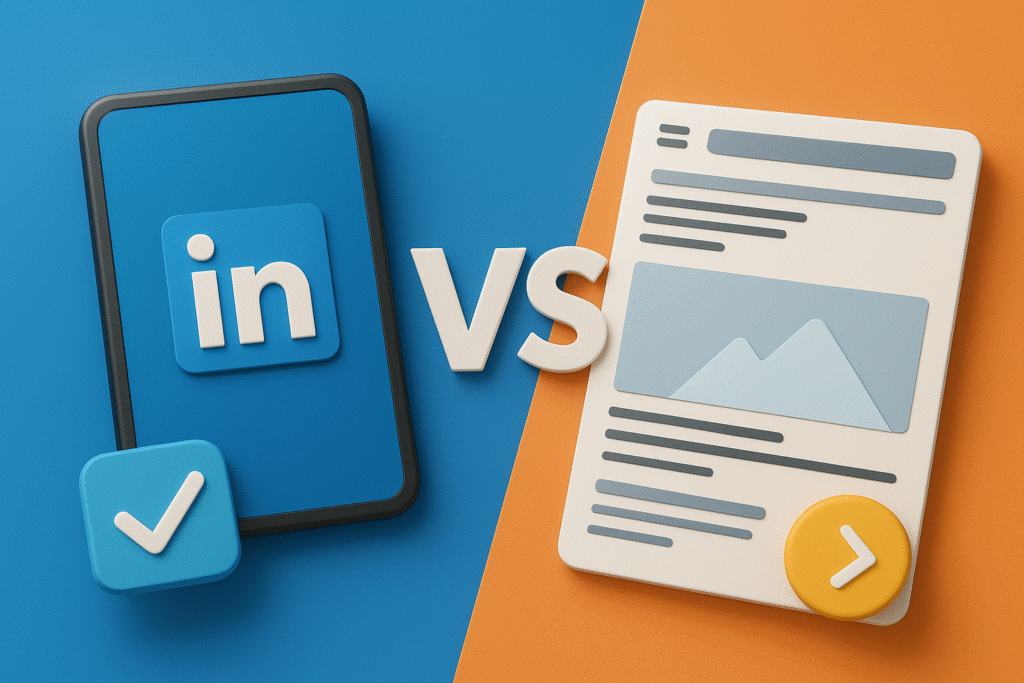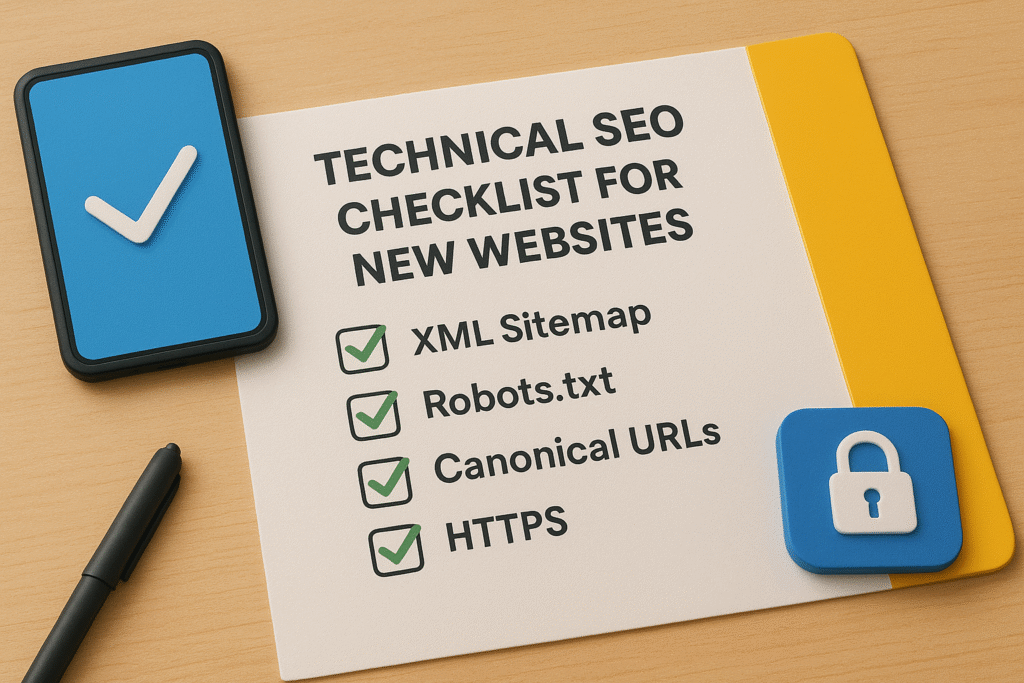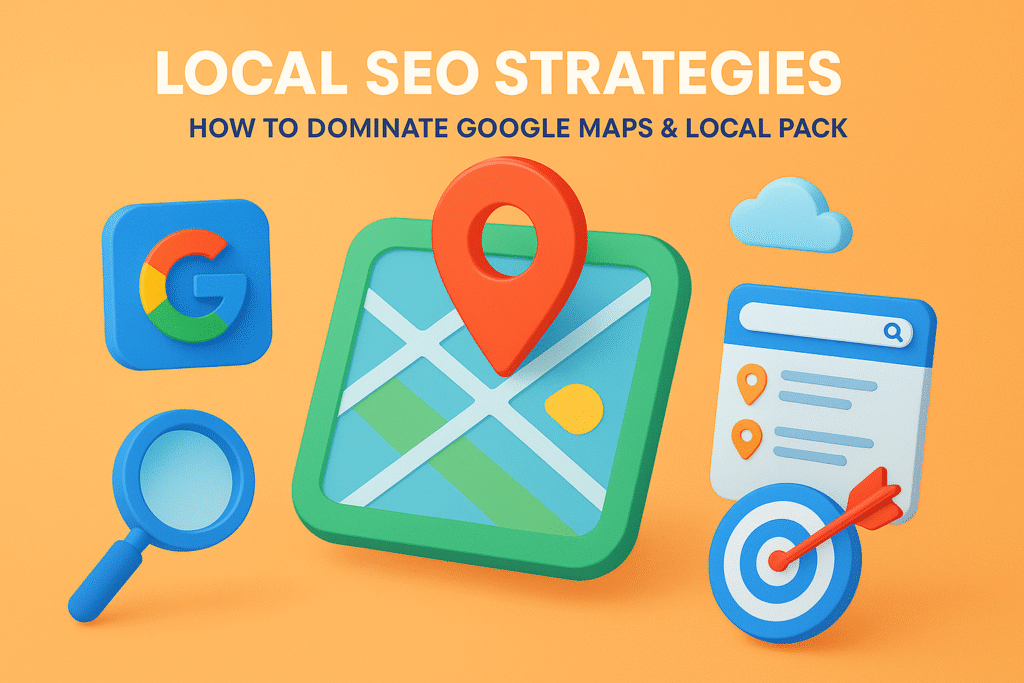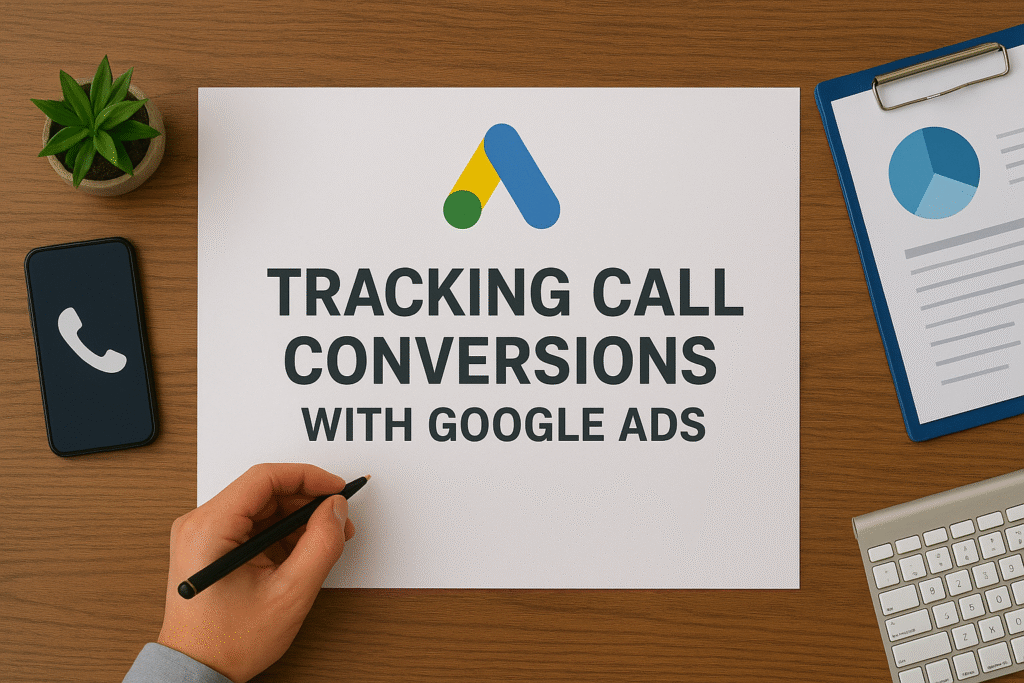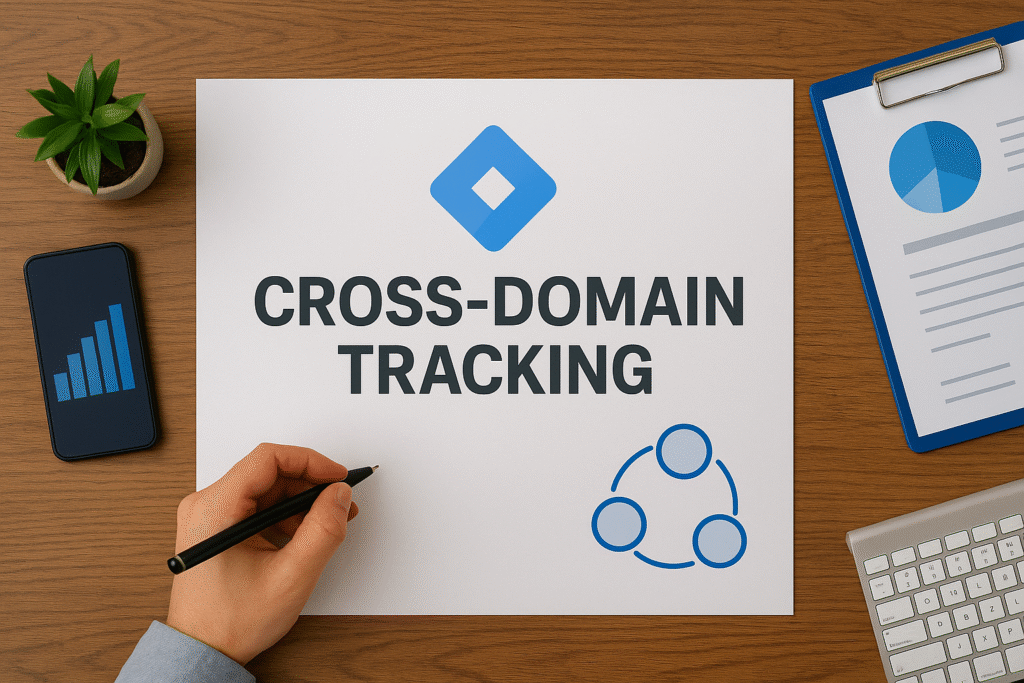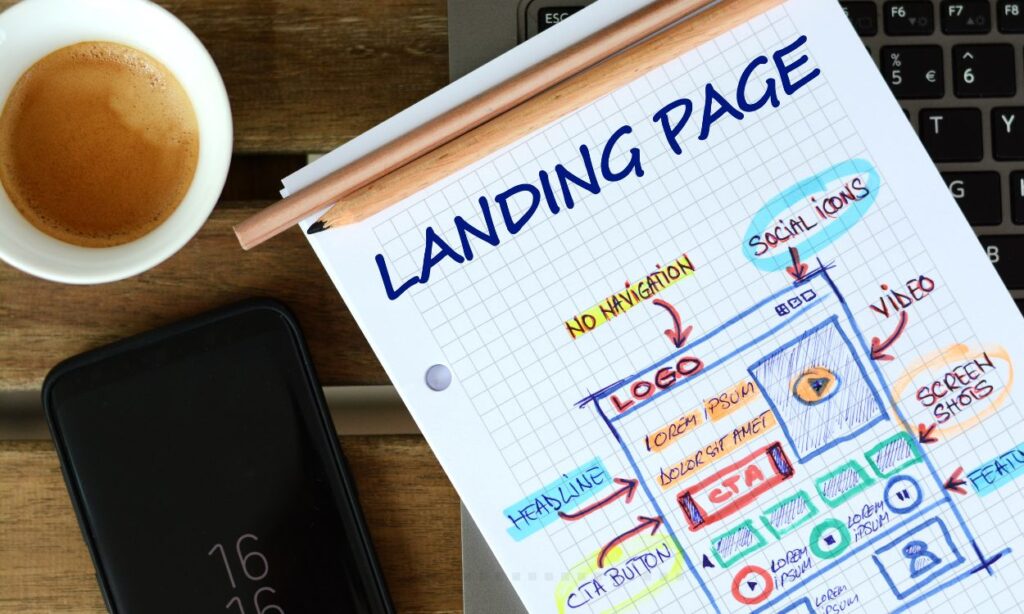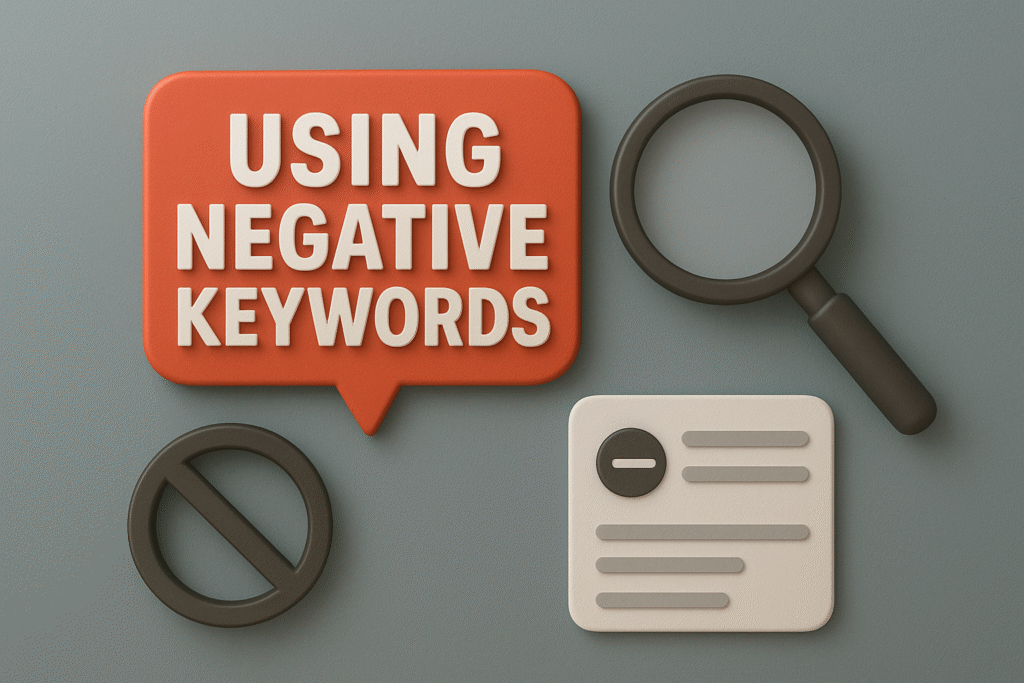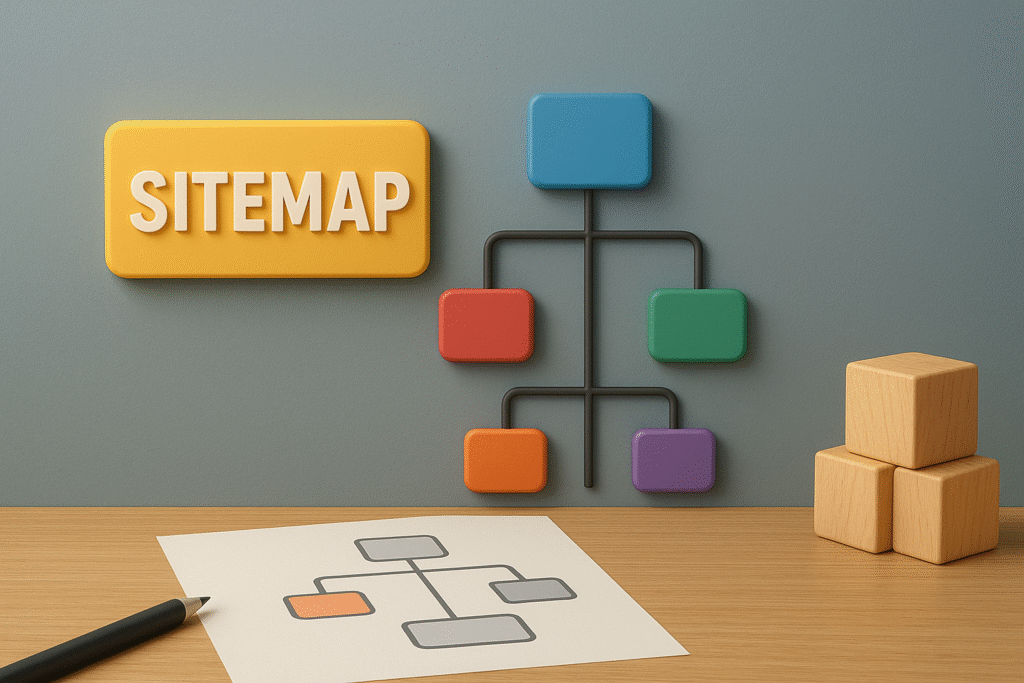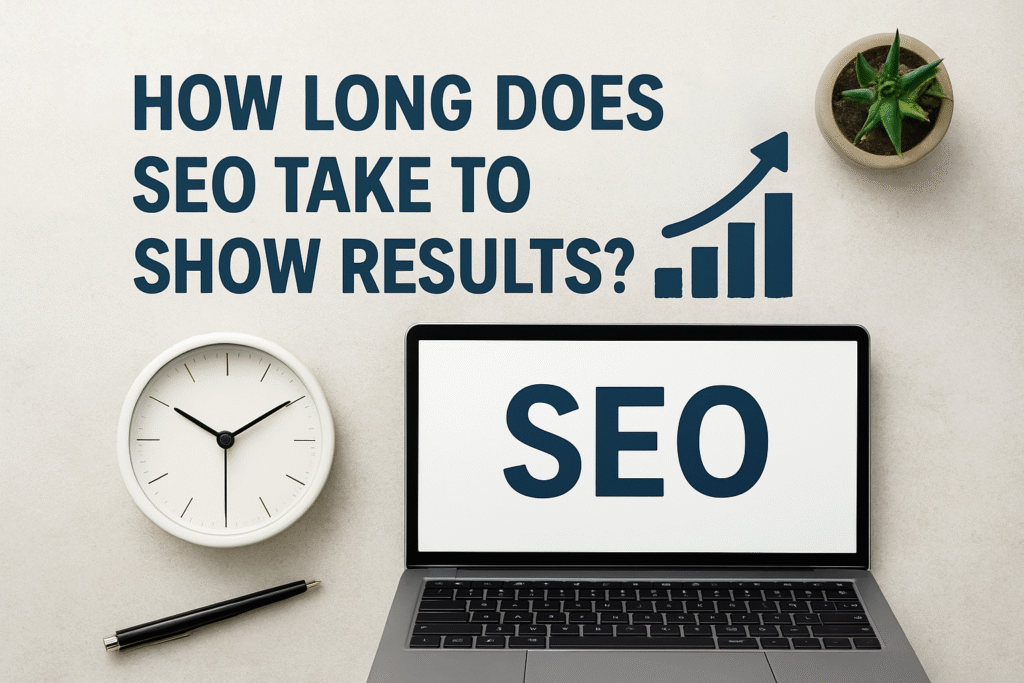I’ve published thousands of pieces of content across blogs, landing pages, and ecommerce platforms. And no matter how fast the CMS or how optimized the SEO, one question pops up every time: “Why hasn’t this page appeared in search yet?” If you’ve been waiting days — sometimes even weeks — for Google to pick up your latest article, you’re not alone. Google index content delay is a real issue, and it can impact rankings, revenue, and reporting.
“According to Ahrefs, 90.63% of content gets no traffic from Google, and indexing delays are one of the key reasons why some content never gets discovered.”
Source: Ahrefs
Let me break down what’s really happening when Google doesn’t index your content right away — and how I handle it in my own content workflows.
What Does Indexing Actually Mean?
Indexing is the process by which Google adds your pages to its database so they can appear in search results. Just because a page is live doesn’t mean it’s indexable — and just because it’s indexable doesn’t mean Google will crawl and index it right away.
When I explain this to clients, I compare Googlebot to a librarian with limited time. It has to decide which pages to crawl, how often, and whether they’re worth shelving.
“Pro Tip: Indexing is not instant. Publishing content and seeing it in SERPs are two different milestones in SEO.”
Top Reasons for Google Index Content Delay
There are several reasons why Google takes time to index your content. Here’s how I troubleshoot the most common ones:
1. New Website or Low Domain Authority
If your site is new or lacks backlinks, Googlebot doesn’t prioritize crawling. Sites with established authority and a healthy backlink profile get indexed faster.
2. Poor Internal Linking
If your new content isn’t linked from high-traffic or high-authority pages on your site, Googlebot may not even discover it. Every time I publish, I make sure it’s internally linked from at least 2–3 older posts.
3. Crawl Budget Limitations
Google allocates a crawl budget to every website — the number of pages it will crawl over a set period. If your site has too many low-quality pages, broken links, or redirect chains, that budget can be wasted.
“Google prioritizes crawling pages that are valuable, frequently updated, and well-linked internally.”
Source: Google Search Central
4. Content Duplication
If the new content is too similar to existing pages — on your site or others — Google may ignore it. This is especially true for ecommerce sites using manufacturer descriptions.
5. Technical Errors
Pages accidentally blocked by robots.txt, not included in the sitemap, or marked with a noindex tag won’t get indexed. I always audit with Screaming Frog to catch these issues early.
6. Slow Server Response or Performance Issues
If Googlebot encounters a slow-loading page, it might delay indexing or skip it altogether. I use Google PageSpeed Insights and GTmetrix to check this.
How I Speed Up the Indexing Process
When I need content indexed faster — especially for product launches, time-sensitive blogs, or SEO campaigns — here’s what I do.
1. Use Google Search Console’s Inspect Tool
After publishing, I immediately submit the URL via Google Search Console. I then click “Request Indexing” to notify Googlebot manually.
2. Ensure the Content Is Linked Internally
I add contextual links to the new page from existing blog posts, the homepage (if appropriate), and category hubs. This helps Googlebot find it faster during its next crawl.
3. Share on High-Traffic Channels
Promoting the content on Twitter, LinkedIn, or Reddit creates external signals that Google monitors. If people visit your content via referral channels, Google is more likely to crawl and index it.
4. Build at Least One External Link
Even one backlink from a blog comment, press release, or partner site can increase crawl frequency. I use Ahrefs to track indexing progress via backlink signals.
“Pro Tip: Content that receives a backlink within 48 hours of publishing is 4x more likely to be indexed quickly.”
Source: Search Engine Journal
5. Include the URL in Your XML Sitemap
Make sure your sitemap includes the new page and submit the sitemap in Google Search Console. If you’re on WordPress, plugins like Yoast SEO handle this automatically.
My Indexing Checklist
Here’s the internal checklist I use before publishing any new content:
- Is the page crawlable and indexable?
- Is the URL submitted in Google Search Console?
- Is it linked from at least two internal pages?
- Is the content unique and valuable?
- Is the page in the sitemap?
- Does the server respond quickly?
Following this list helps minimize Google index content delay in most cases.
Final Thoughts
I’ve learned that Google index content delay isn’t random. It’s a signal — often pointing to deeper SEO or technical issues. By tightening up internal links, improving crawlability, and using tools like Search Console, I can usually reduce indexing lag from weeks to just a few hours or days.
SEO isn’t just about what you publish — it’s about how quickly you can get Google to see it. If your best content never makes it into the index, it may as well not exist.
Want to go deeper? Check out my technical SEO playbook where I show you how I optimize sites for faster crawling, indexing, and ranking from day one.
Frequently Asked Questions (FAQs)
1. Why is my new blog post not appearing in Google search results?
This usually happens due to crawl delays, low domain authority, poor internal linking, or technical issues like noindex tags or sitemap errors.
2. How long does Google take to index a new page?
It varies. For high-authority sites, it can be within hours. For newer sites or low-priority pages, it can take several days to weeks.
3. Can I force Google to index a page faster?
Yes. Use the URL Inspection Tool in Google Search Console and request indexing manually. Ensure the page is internally linked and submitted in your sitemap.
4. What tools help detect indexing issues?
Google Search Console, Ahrefs, Screaming Frog, and Sitebulb are effective for identifying crawl and indexability problems.
5. Does sharing content on social media help with indexing?
Indirectly, yes. Traffic and engagement from social platforms can signal freshness and relevance, encouraging Google to crawl the page sooner.
6. What’s the best way to ensure consistent indexing?
Maintain a clean site architecture, publish quality content, build internal links, submit sitemaps regularly, and avoid duplicate content.
